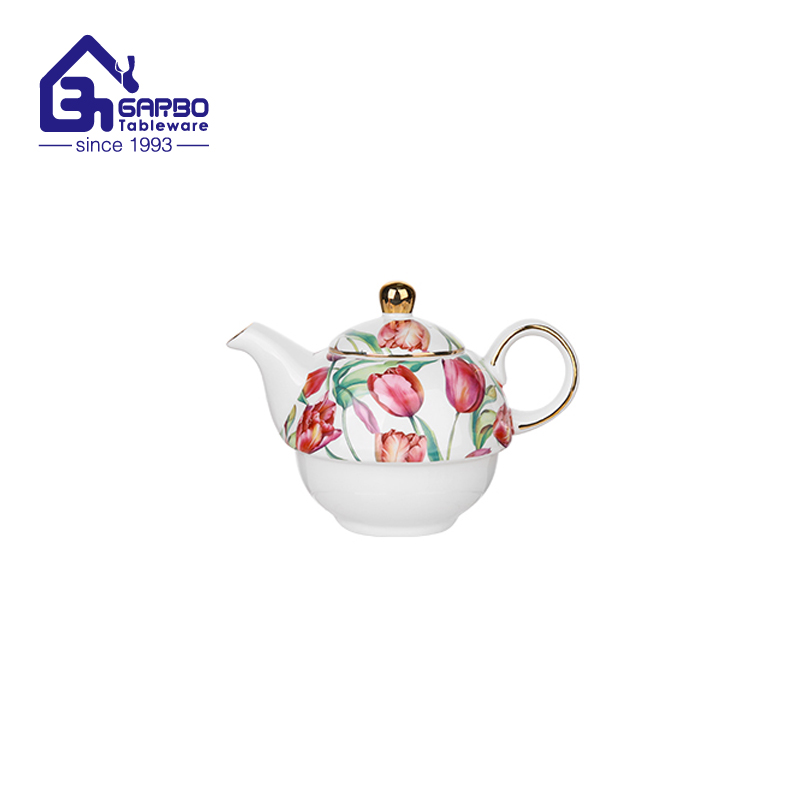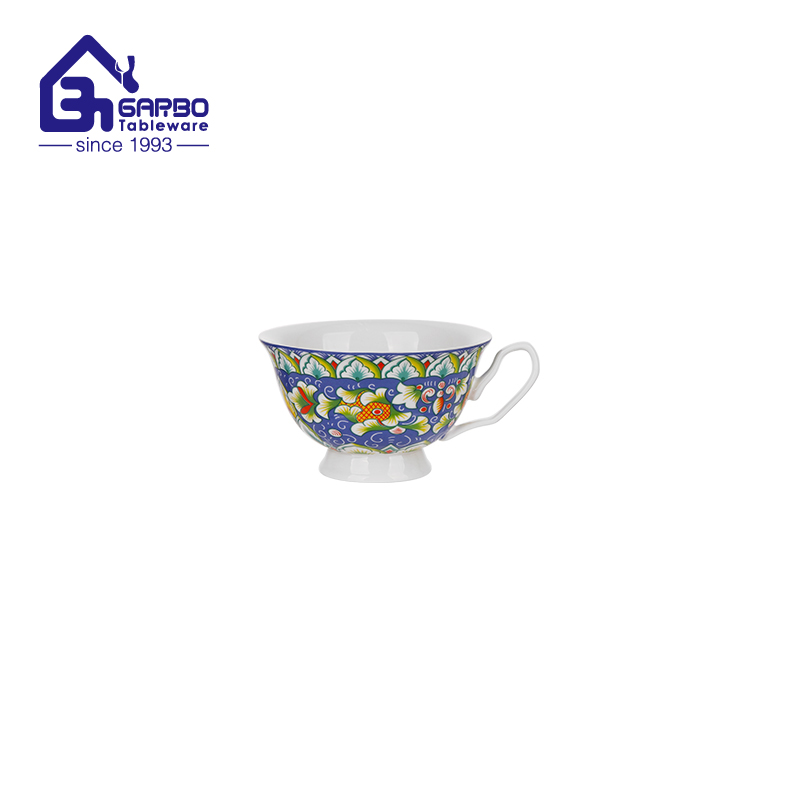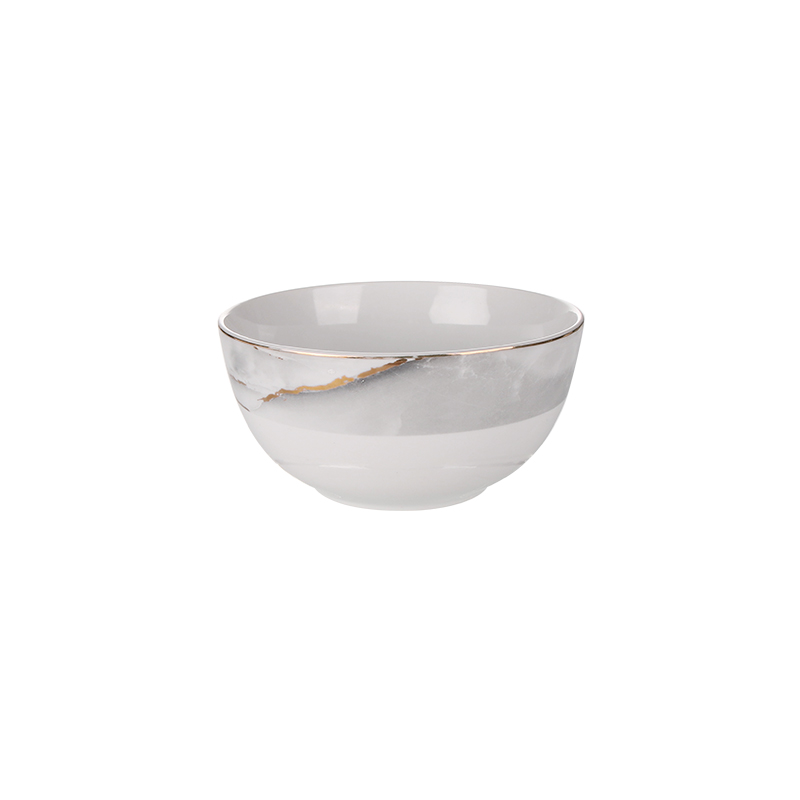Pulished on Jul. 21, 2025
As a professional brand that has been deeply involved in the ceramic industry for over 15 years, our ceramics has always adhered to the concept of craftsmanship for life. Each ceramic product undergoes high-temperature calcination at 1280 ℃ and strict quality inspection to ensure its excellent quality. In order to better care for these carefully crafted vessels, we have compiled the following professional maintenance suggestions
When cleaning ceramic products in daily life, gentle operation and correct methods are the important method to maintain a smooth glaze surface. 1. Hand washing is the best choice. It is recommended to use ultra-fine fiber cloth or soft sponge for cleaning, and absolutely avoid using cleaning tools such as steel wire balls and hard scouring pads. These hard cleaning products will leave fine scratches on the glaze surface, and long-term accumulation can cause the surface to lose its luster. 2.Choose professional neutral cleaning agents. Ordinary dishwashing detergent may contain strong alkaline components, and it is recommended to choose pH neutral cleaners specifically designed for ceramics. When cleaning, soak in warm water for 10 minutes to soften the stains, and then gently scrub with a sponge. 3. The necessity of timely drying. After cleaning, immediately wipe dry with an absorbent towel, paying special attention to areas such as the bottom of the cup and handles that are prone to water accumulation. Residual water stains can form unsightly scale, especially in areas with high mineral content.

Every piece of our high-temperature porcelain product is tempered at a high temperature of 1280 ℃, and the glaze is sturdy and durable, but still needs to be treated gently to maintain a beautiful texture for a long time. 1.Proper temperature control is necessary. After being taken out of the oven or microwave, it should be placed on a heat-insulating pad to naturally cool down, and avoid immediate contact with cold water. It is recommended that the temperature difference should not exceed 60 ℃ to avoid cracking due to thermal expansion and contraction. 2. Adopting a scientific storage method. When stacking, soft cloth or kitchen paper should be placed between each container, and it is recommended to use an upright storage method. For fine porcelain with gold borders, it is even more important to store them separately to avoid friction. 3. Attention should be paid to the usage environment. The dining table should be placed away from metal utensils such as knives, and collision with hard objects should be avoided during use. Suggest placing a placemat on the desktop to prevent slipping and cushion impact.

As the guardian of ceramic art, Garbo deeply understands that true treasures require time to refine and careful care. 1. Deep cleaning solution. Perform a deep cleaning once a month: add 2 tablespoons of baking soda to 60 ℃ warm water, soak for 30 minutes, and gently scrub. Stubborn tea stains can be treated locally with a cotton swab dipped in white vinegar. 2. Before long-term storage, it is necessary to ensure complete dryness, and moisture-proof agents can be placed and wrapped in acid free paper. The porcelain in the display cabinet should be rotated regularly to avoid direct sunlight that may cause the glaze color to fade. 3. Repair tips. Fine scratches can be treated with ceramic special polishing paste containing cerium oxide, while ordinary scratches can be polished in circles with toothpaste and a soft cloth. It is recommended to seek professional repair for deeper injuries.

As a professional brand that has been deeply involved in the ceramic industry for many years, our ceramics has always been committed to providing consumers with comprehensive solutions from use to maintenance. Through the three major maintenance systems introduced in this article - daily cleaning, protective use, and long-term maintenance, you have mastered the core tips for keeping ceramic treasures radiant forever.